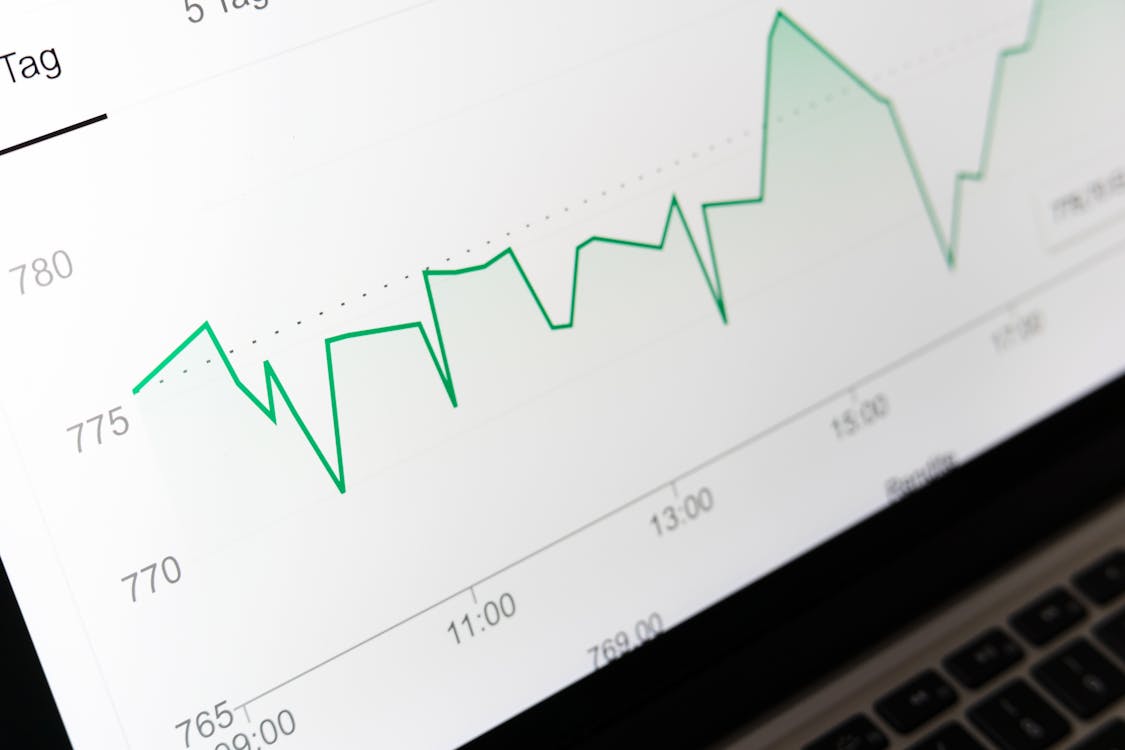 Image Source: Pexels
Image Source: Pexels
The S&P 500 index has done extremely well this year, helped by the rising hopes of Federal Reserve cuts, strong corporate earnings, and optimism among investors. The blue-chip index soared to a record high of $5,576 on Tuesday, bringing the year-to-date gains to about 17%. Other American indices have done well this year. The tech-heavy Nasdaq 100 indices have soared by over 21% while the Dow Jones has jumped by just 5%.
Earnings season aheadThe S&P 500 index is in a positive mood ahead of the upcoming corporate earnings season, which will start officially this week.PepsiCo, the $222 billion juggernaut, will publish its financial results on Thursday. Other companies that will release their numbers on Thursday are Delta Air Lines and Conagra Brands.The most important numbers will come out on Friday when the biggest US banks will release their results. JPMorgan, the $600 billion company, will release its numbers on Friday. The same is true for companies like Wells Fargo, Citigroup, Bank of New York, and Fastenal Company. These results will set the tone for the earnings season, which will accelerate next week when companies like Goldman Sachs, Bank of America, and Blackrock will release their earnings. Analysts believe that companies will continue their strong earnings growth. In the last quarter, data by FactSet showed that companies grew by 5.5%, the biggest increase since 2020. A survey by analysts expects that earnings will come out at 8.8%.
Federal Reserve interest rate cutsThe S&P 500 index has also jumped as investors focus on the Federal Reserve, which is expected to start cutting interest rates later this year. In a statement on Tuesday, the Federal Reserve chair welcomed the recent inflation numbers that showed prices were falling. He expects that the Fed will start cutting interest rates later this year if the trend continues. Analysts expect the Federal Reserve will start cutting rates either in September or in its December meeting.Fed rate cuts are important for the S&P 500 index because stocks tend to do well in a low interest rate environment. These cuts will happen at a time when investors have allocated over $6.2 trillion in money market funds. When rates start falling, most of these funds will move back to the stock market. Further, the S&P 500 index has soared as a sense of optimism remains in the market. Data shows that the market momentum has risen while put/call ratio has tumbled to its lowest point in years.
S&P 500 index risksThere are a few risks facing the S&P 500 index, which explains why Morgan Stanley’s Mike Wilson has started to predict that stocks could crash by 10%.First, valuations are significantly stretched, with the forward 12-month PE ratio of the S&P 500 index sitting at 21.2, higher than the 5-year average of 19.3. The so-called Warren Buffett index which compares the total market cap of stocks vs the GDP, has risen to a record high.  S&P 500 index chartSecond, as shown above, the S&P 500 index has gotten severely overbought. The Relative Strength Index (RSI) and the Stochastic Oscillator have all moved to the overbought. The MACD has jumped to its highest point in over a decade. An overbought asset can be a sign that a stock has a bullish momentum. However, in some instances, it can lead to a pullback as some investors start taking profits. Finally, there are macro risks as the US public debt continue soaring. The US has over $34.8 trillion, a number that is growing by $1 trillion every three months. With an election coming up, there is a likelihood that these risks will continue rising.More By This Author:BofA Backs Stellantis After Tough First Half: Is It A Buy? AT&T Stock Price Analysis: Steady Dividend, Rating Upgrade Boeing Sees 32% Fall In Deliveries In Q2
S&P 500 index chartSecond, as shown above, the S&P 500 index has gotten severely overbought. The Relative Strength Index (RSI) and the Stochastic Oscillator have all moved to the overbought. The MACD has jumped to its highest point in over a decade. An overbought asset can be a sign that a stock has a bullish momentum. However, in some instances, it can lead to a pullback as some investors start taking profits. Finally, there are macro risks as the US public debt continue soaring. The US has over $34.8 trillion, a number that is growing by $1 trillion every three months. With an election coming up, there is a likelihood that these risks will continue rising.More By This Author:BofA Backs Stellantis After Tough First Half: Is It A Buy? AT&T Stock Price Analysis: Steady Dividend, Rating Upgrade Boeing Sees 32% Fall In Deliveries In Q2







Leave A Comment